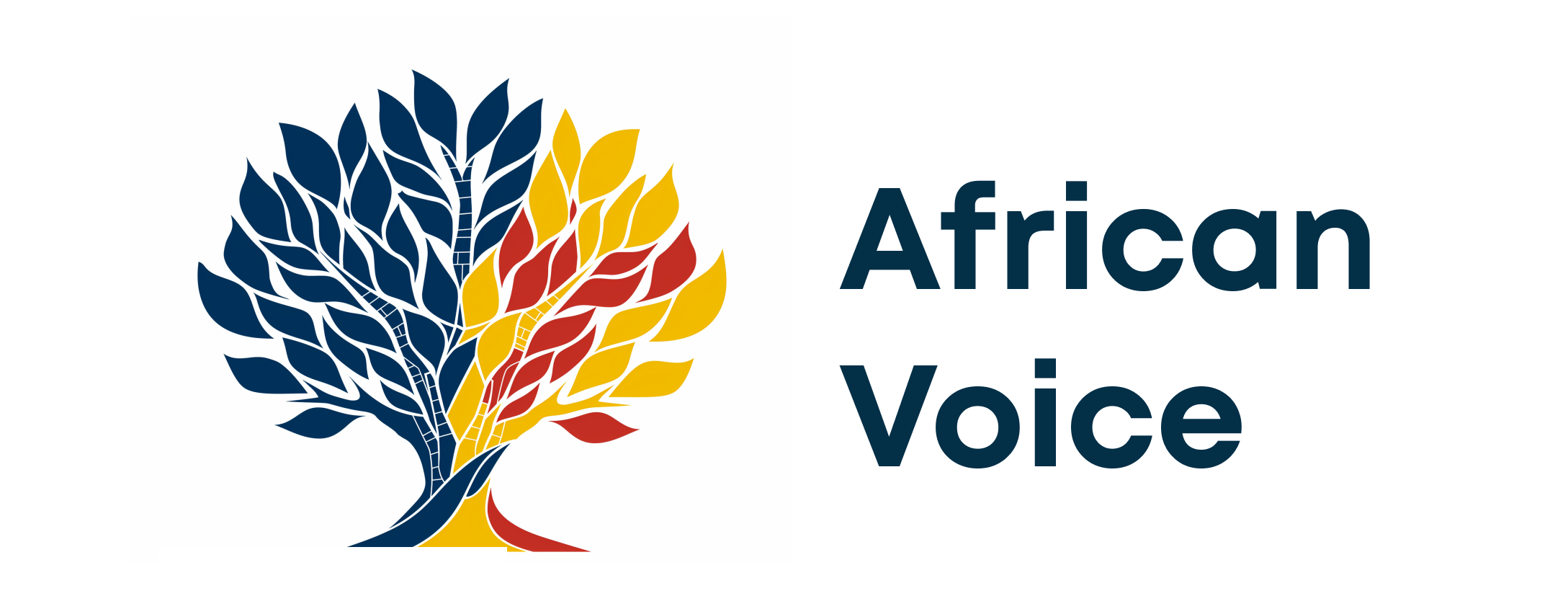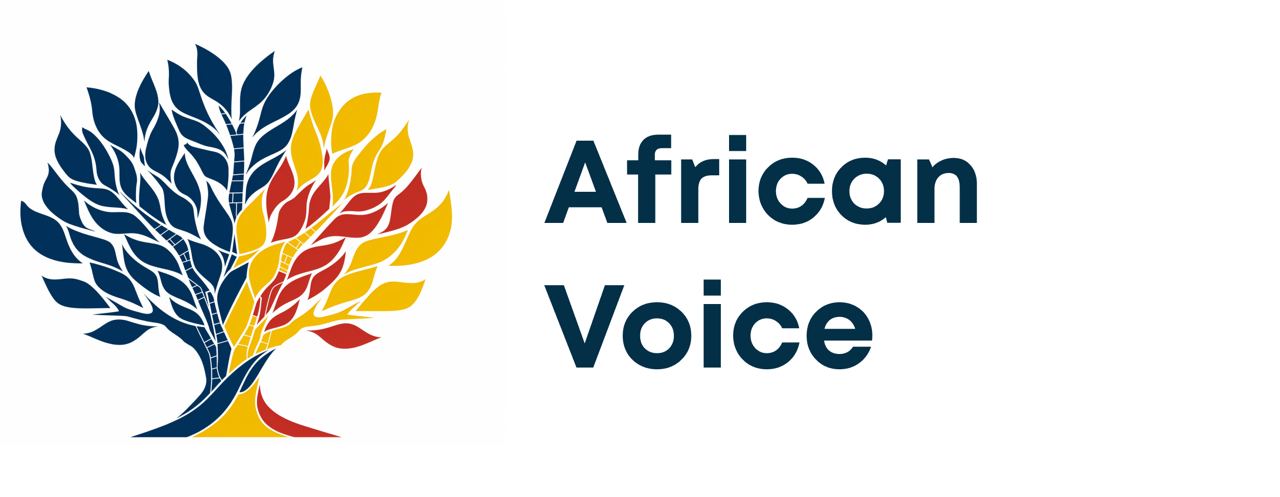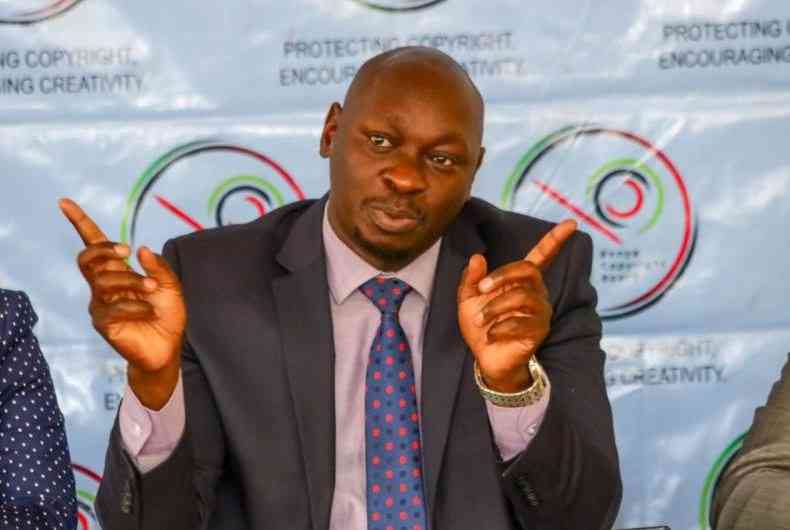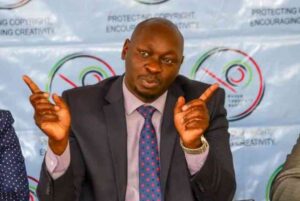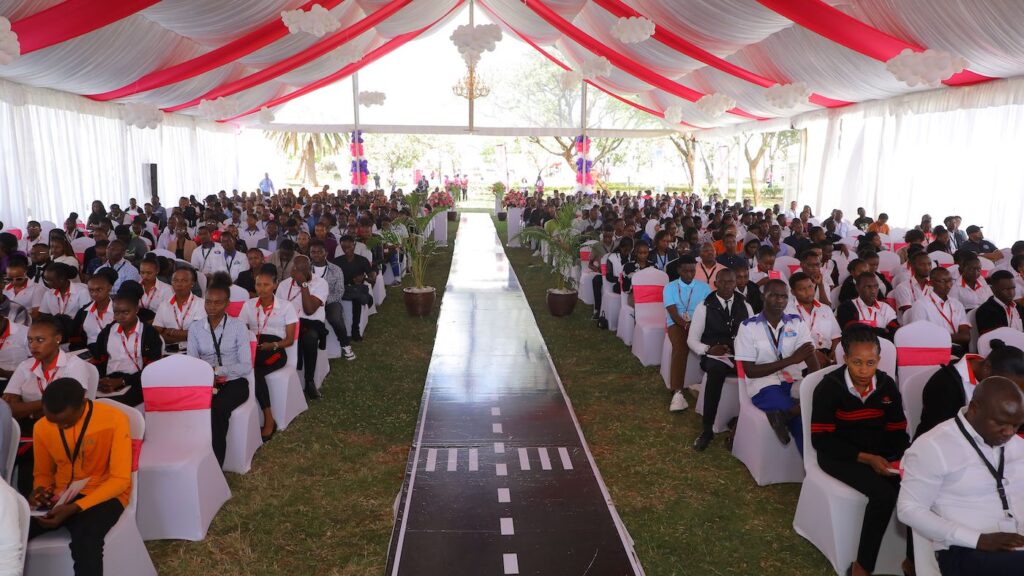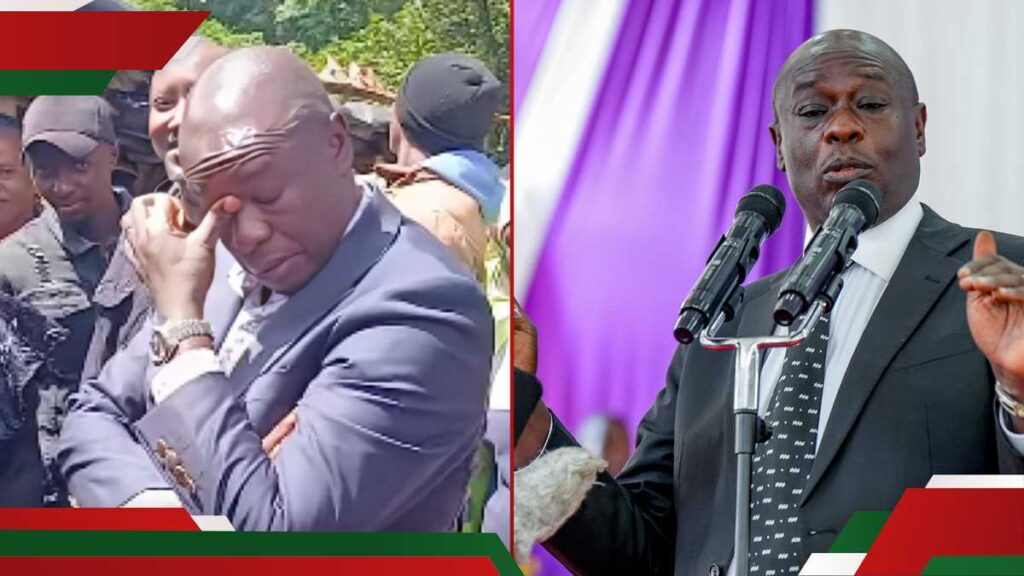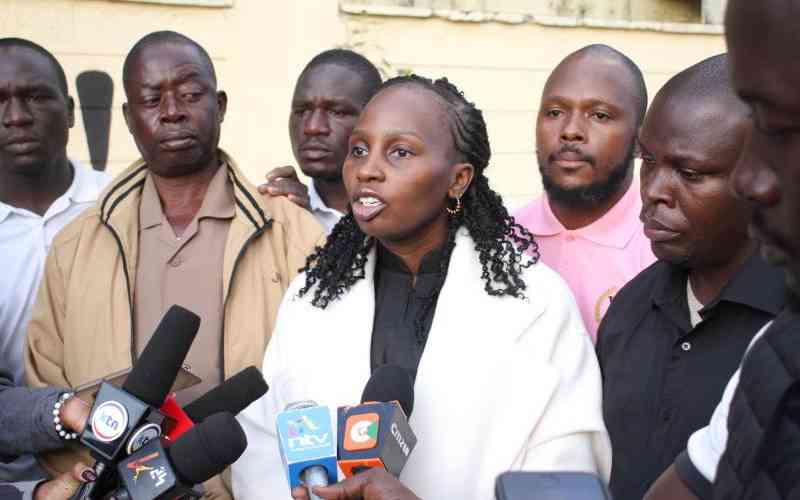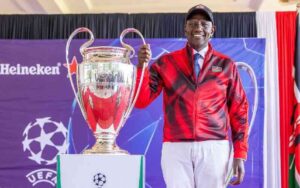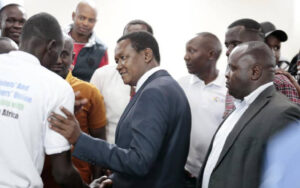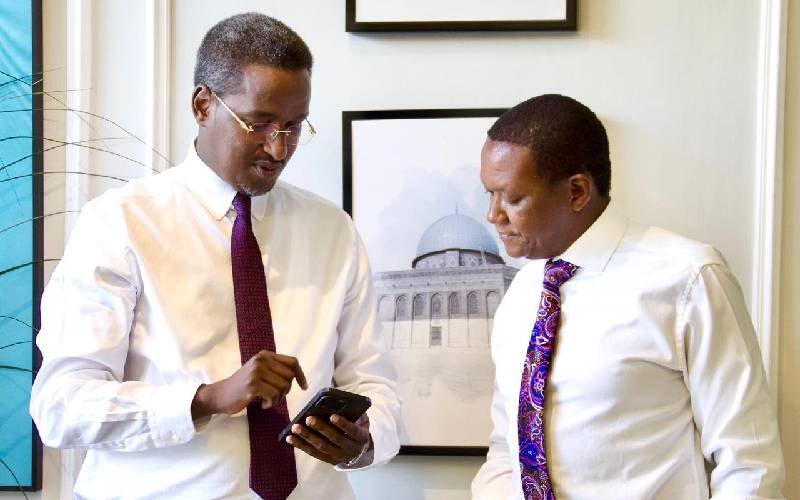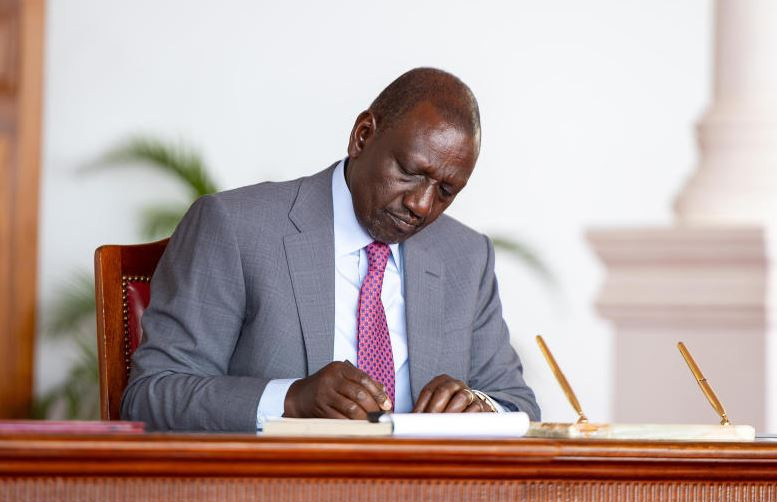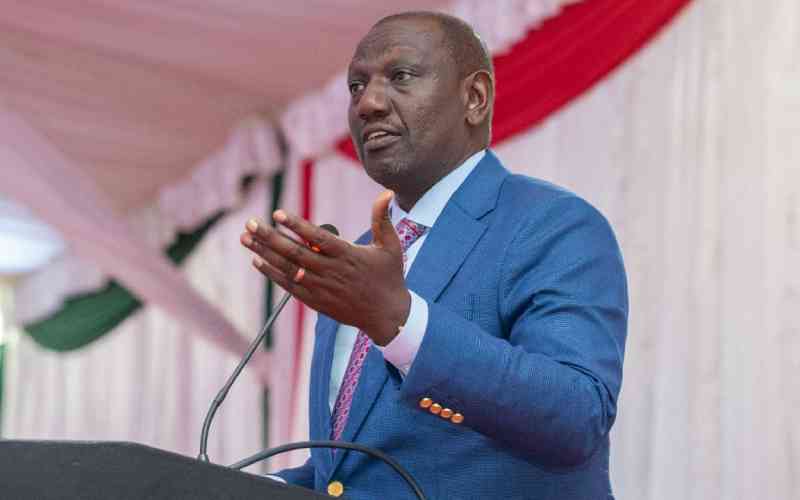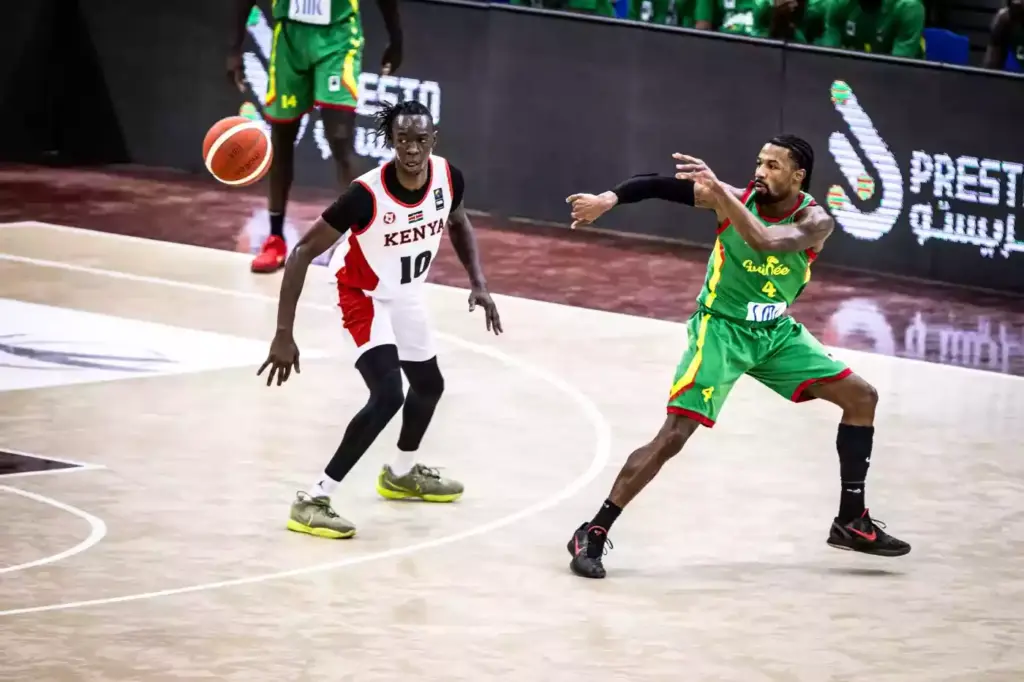When Kenya were drawn in the same group as Morocco, Tunisia, and Nigeria, many described it as the “group of death” — and not without reason. These are giants of African football: Morocco, semi-finalists at the last FIFA World Cup and Olympic medallists; Tunisia, seasoned competitors; and Nigeria, former champions. It was always going to be an uphill battle for Kenya’s Rising Stars.
So, when Kenya faced Morocco in their opening Under-20 AFCON group match in Cairo on Thursday, few gave them a chance. That’s why it was a shock — and a moment of sheer elation for the travelling fans — when Lawrence Ouma slotted home a well-placed goal in the 16th minute to give Kenya a surprise lead.
Despite Morocco dominating the first half with over 73% possession, Kenya looked dangerous on the break, carving out several clear chances in the Moroccan half.
But Kenyan resistance was broken three minutes into first-half stoppage time, when Morocco’s Yassir Zabiri curled a fine effort past Kenya’s 16-year-old goalkeeper Bernard Jairo to level the score.
After the interval, the Moroccans stepped up their game. Capitalising on defensive lapses, they netted twice — Zabiri grabbing his brace ten minutes into the second half before Reda Laalaoui sealed the win with a third goal in the 78th minute. Kenya managed a spectacular second goal, with Hassan Beja converting after a clever assist from Aldrine Kibet, but it ended 3–2 in favour of the North Africans.
“Yes, Kenya lost — but the team were very well organised. They were up against the strongest side on the continent, who finished third in the Paris Olympics, and still managed to challenge them. The win was not easy,” remarked Morocco’s Ambassador to Kenya, H.E. Abderrazzak Laassel, in a show of goodwill.
While the result was disappointing, Kenya showed commendable spirit and flashes of quality. But for the Rising Stars to stand a chance in such elite company, important lessons must be learned.
Aldrine Kibet, for instance — full of pace and creativity — must balance his flair with smarter passing choices. While his dribbling is eye-catching, quicker ball circulation may unlock more scoring opportunities.
Goalkeeper Bernard Jairo deserves credit for saving a penalty from Morocco’s Man of the Match, Othmane Maamma. However, he remains exposed by a backline that struggled with coordination. Defenders Collins Ochieng, Manzur Okwaro, skipper Amos Wanjala and substitute Javan Omondi will need to gel quickly — or risk becoming a leaky sieve.
The head coach admitted as much post-match, saying the Kenyan boys were “caught napping” for the last two Moroccan goals.
Beyond tactics and technique, there were cultural takeaways too. During the national anthems, Moroccan players belted theirs with evident pride. The Kenyan side, by contrast, were more subdued — with some players half-singing Ee Mungu Nguvu Yetu. It’s a small moment, but one that spoke volumes about unity and national identity.
Discipline was another positive — the match featured remarkably few fouls, with each side picking up just one yellow card. It reflected the mutual respect between the teams and the diplomatic warmth between the two nations.
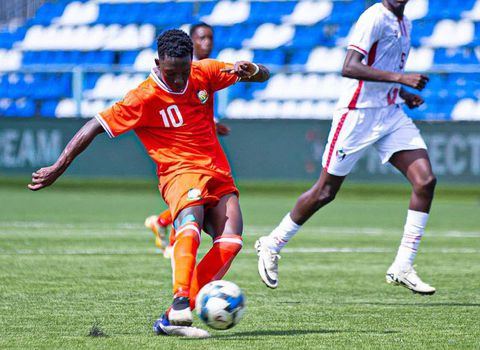
Perhaps the biggest takeaway lies off the pitch. Morocco’s football renaissance didn’t happen by chance — it is the result of sustained investment, vision, and leadership. The Mohammed VI Football Complex in Sale, near Rabat, is a case in point. Established in 2009 under the patronage of King Mohammed VI, the facility is a jewel of African football infrastructure.
Stay informed. Subscribe to our newsletter
With world-class gyms, five-star accommodation, cutting-edge medical facilities, and elite-level nutritionists and trainers, it serves as the nerve centre of Moroccan football — used by all national sides, including the women’s team. It’s no surprise that even top European players now travel to Rabat for off-season training.
If Kenya is to stop playing catch-up, this is the model to emulate.
Without such long-term planning and government-backed investment, Kenya risks remaining a spectator — or a perennial underdog — in elite continental tournaments like the U-20 AFCON.
